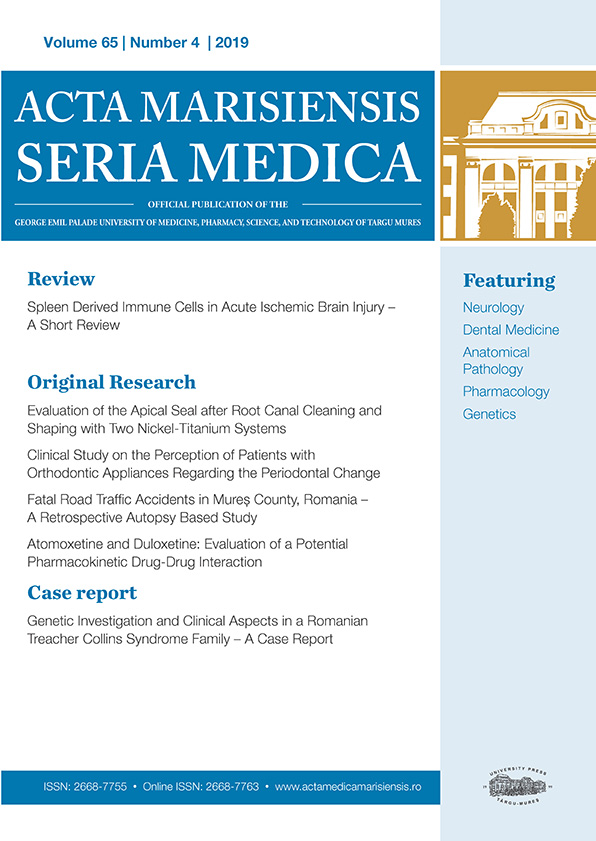Comparative analysis of mandibular changes after orthodontic treatment with and without extraction of four premolars
A Digital Cephalometric Study
Abstract
Objective- To compare and evaluate the cephalometric hard and soft tissue changes of mandible after orthodontic treatment with and without extraction of four first premolar.
Methodology – 60 individuals with Class I skeletal pattern were selected as per inclusion criteria. They were divided into two groups: 30 in the extraction group and 30 in the non-extraction group. Each group consists of 15 males and 15 females. Pre-treatment and post-treatment lateral cephalograms of the selected subjects were obtained, analyzed and compared to assess the changes might have occurred. Descriptive statistics of the explanatory and outcome variables were calculated by mean and standard deviation for quantitative variables. Paired t test was applied to check the statistical difference of pre-treatment and post-treatment cephalometric parameters within the group (Extraction and non-extraction). Unpaired t test was applied to check the statistical difference between extraction and non-extraction groups. The level of significance is set at 5%.
Results- B point moved backward with lower incisor retraction. N-A-Pog shows a statistically significant decrease in the extraction group (P=0.003). B-NP shows a statistically significant decrease in extraction group (P=0.001). N- A-Pog’ shows a statistically significant increase in non-extraction group (P=0.046). Soft tissue thickness in chin increases in extraction group and decreases in non-extraction group.
Conclusion- The results indicate that premolar extraction will have a flattening effect on the midface. With a proper diagnosis and treatment plan, pre-molar extraction will improve facial profile.
Copyright (c) 2022 Anithab Alex, Keerthan Shashidhar, Kuttappa M N, U S Krishna Nayak, Sai Kalyan Menta, Anushree A

This work is licensed under a Creative Commons Attribution 4.0 International License.









